
Meadows have a mind of their own. This summer, my little patch of un-lawn — roughly the size of a tennis court — has become a thicket of wild carrot. Last August, by comparison, there was a fairly balanced mix of scabious, knapweed and carrot.
In spring this year, I removed some plants of the meadow scabious and replaced them with the smaller Scabiosa columbaria. I also banished some knapweed, reckoning that these taller thuggish plants would overwhelm my mini meadow. Of course, I noticed the carrot seedlings, but told myself I could wait to see how much that mattered. Wild carrot is a biennial. Like cow parsley, it is a spreader and a suffocator. The scabious and geraniums struggle beneath its canopy and I need to face the problem before the miniature scale is lost.
Four years on and successive springs have seen the increase of many bulbs that like a sunny place and good drainage. I have yet to see whether this year’s crop of wild carrot will affect next spring’s display.
The year starts with the snowdrop ‘Augustus’, which is happy to grow in grass and with Crocus tommasinianus. Sadly, the crocus are not all the true self-seeding silvery form because my original order resulted in a mass of purple hybrids. But the proper tommies are increasing and, each year, I remove a few more of the purple passages. Anemone blanda seeds everywhere among cowslips and primroses and a few clumps of the Greek scarlet pavoninas have lasted more than three years. I gave them a bit of extra grit when they were planted.
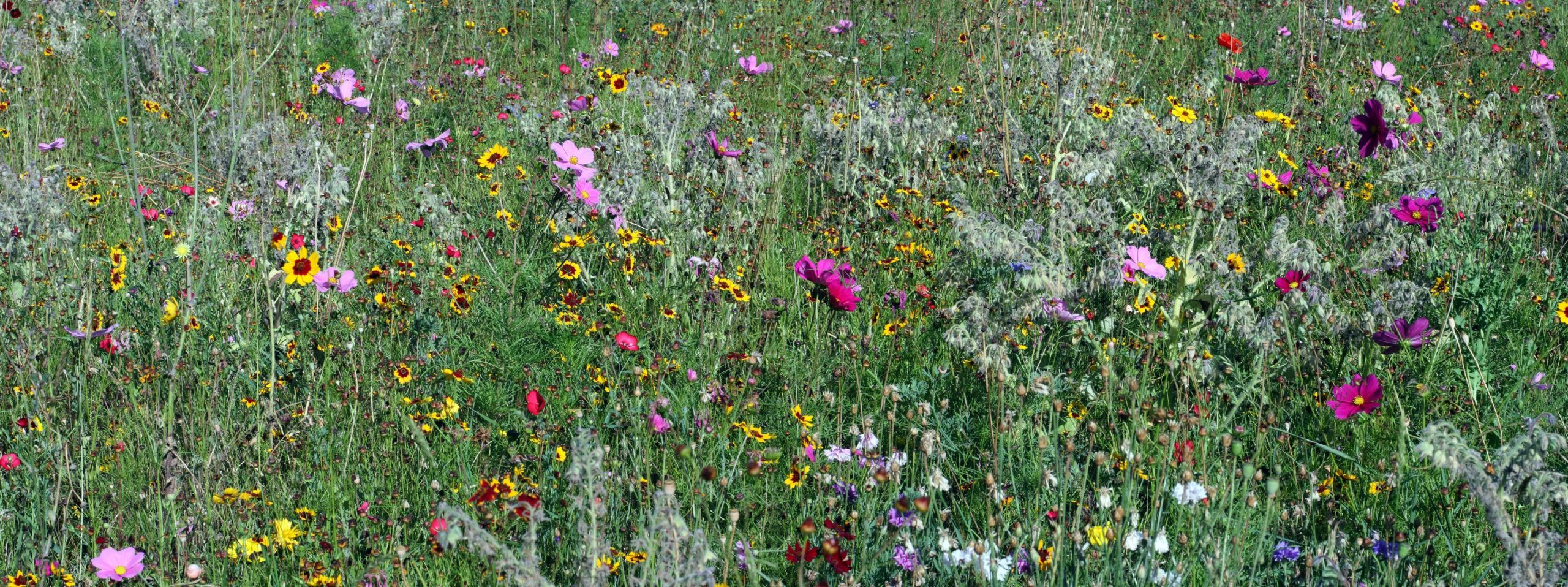
Large daffs would look wrong, so I chose tiny narcissi. Segovia fits the scale well and jonquils are perfect, because their thin leaves are less obvious in the dying-down phase. And, of course, all jonquils are scented. N. fernandesii var. cordubensis is happier than the true jonquil and, last year, I added the new ‘Kokopelli’. It is disappointing that my favourite narcissus, N. poeticus var. recurvus, the old pheasant’s eye, is not increasing. I planted some at the top end where there is a little shade from the three young apple trees and I will add another 50 this autumn. The snake’s-head fritillary should not really survive in such a hot, dry spot, but seems fine at the shady end.
The apple-tree area presents a few problems because I want the trees to grow, which means giving them a heavy mulch of compost and the occasional drink of water. Wet, enriched soil is not what most of my meadow dwellers are after, although it probably suits the fritillaries.
My policy is to try everything to see what will survive. Species tulips are another experiment. T. acuminata of the spidery petals survives, as does the British native sylvestris tulip and ‘Little Beauty’, which is a Turkish type. ‘Honky Tonk’ and T. clusiana are a couple more I am trying. I grow them in pots first, because I can then see where the gaps are. Adding more bulbs to the already densely planted sunny area in autumn is too risky.
Exquisite houses, the beauty of Nature, and how to get the most from your life, straight to your inbox.
The last of the bulbs to appear is the magenta Gladiolus byzantinus, which grows wild in the Scilly Isles. I think Avon Bulbs is the only place to sell the true form, which is a clearer, brighter colour than most available stock.
Yellow rattle is well established, but the population fluctuates. This year, I failed to collect seed, so I hope it will manage to reproduce without my intervention. Anyway, grass is not currently my worry. It’s carrot I fear. I want the smaller wildflowers, the scabious campion, geraniums and lady’s bedstraw to find bare patches for seedlings. A monoculture was not what I had in mind.
The carrot plants do pull up fairly easily, but too many have been left to seed and the stems are too thick for the battery strimmer. They have to be individually cut with shears. I’m thinking of setting the hedge trimmer on them, because it has teeth like the Allen scythe I no longer have. Once the carrot is cut down and carted away, the meadow needs mowing as closely as possible. I hope I can then remove more of the seedling carrots, without damaging the bulbs in waiting.
Clients ask for wildflower meadows, ‘because it will mean less labour’. Does it? My micromanaged meadow is the most labour-intensive part of the garden. Yet it is also the most rewarding.
Paradise and Plenty, A Rothschild Family Garden by Mary Keen is out now
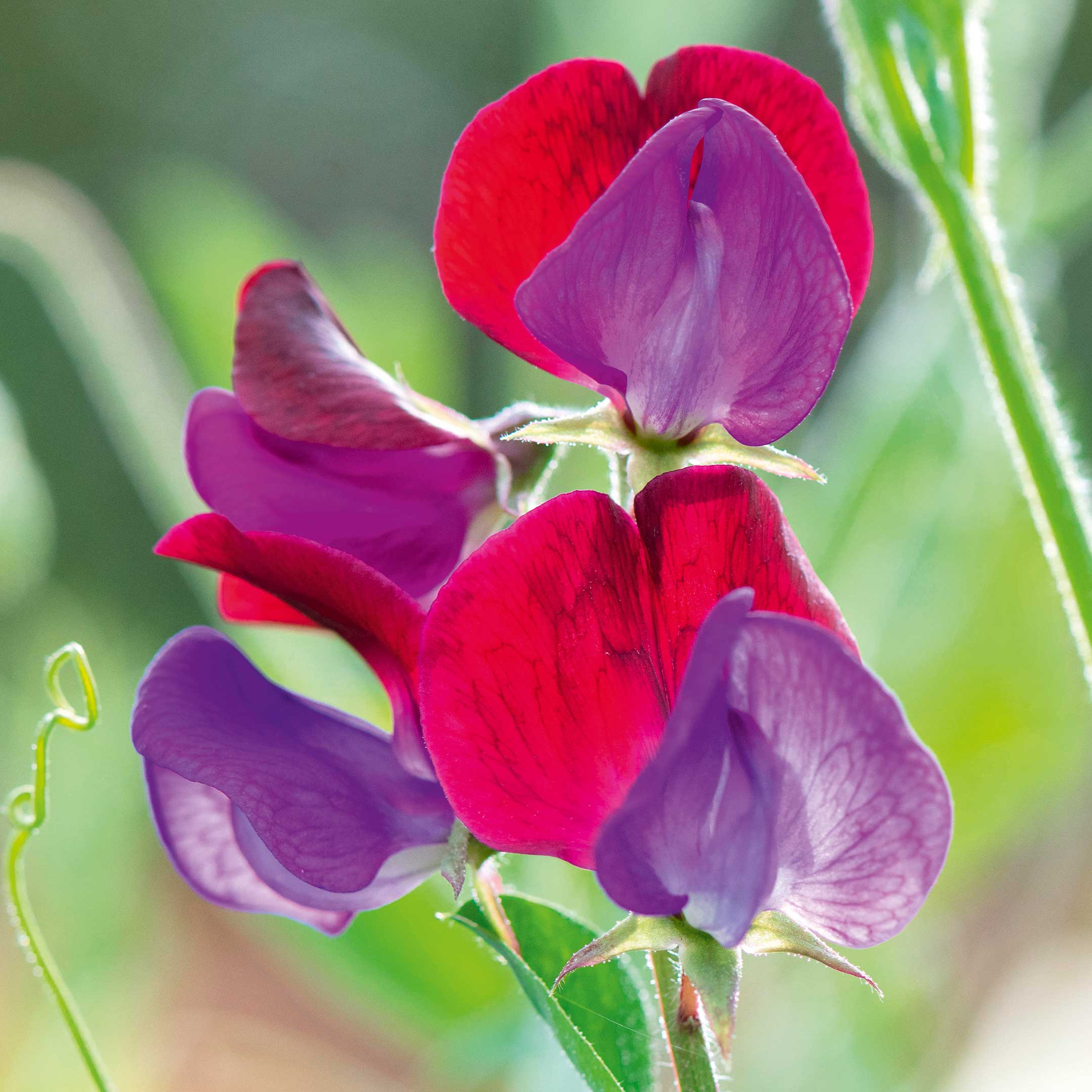
Mary Keen: The secrets of vertical gardening
Gardener and author Mary Keen on why you should think up to make the most of your garden.
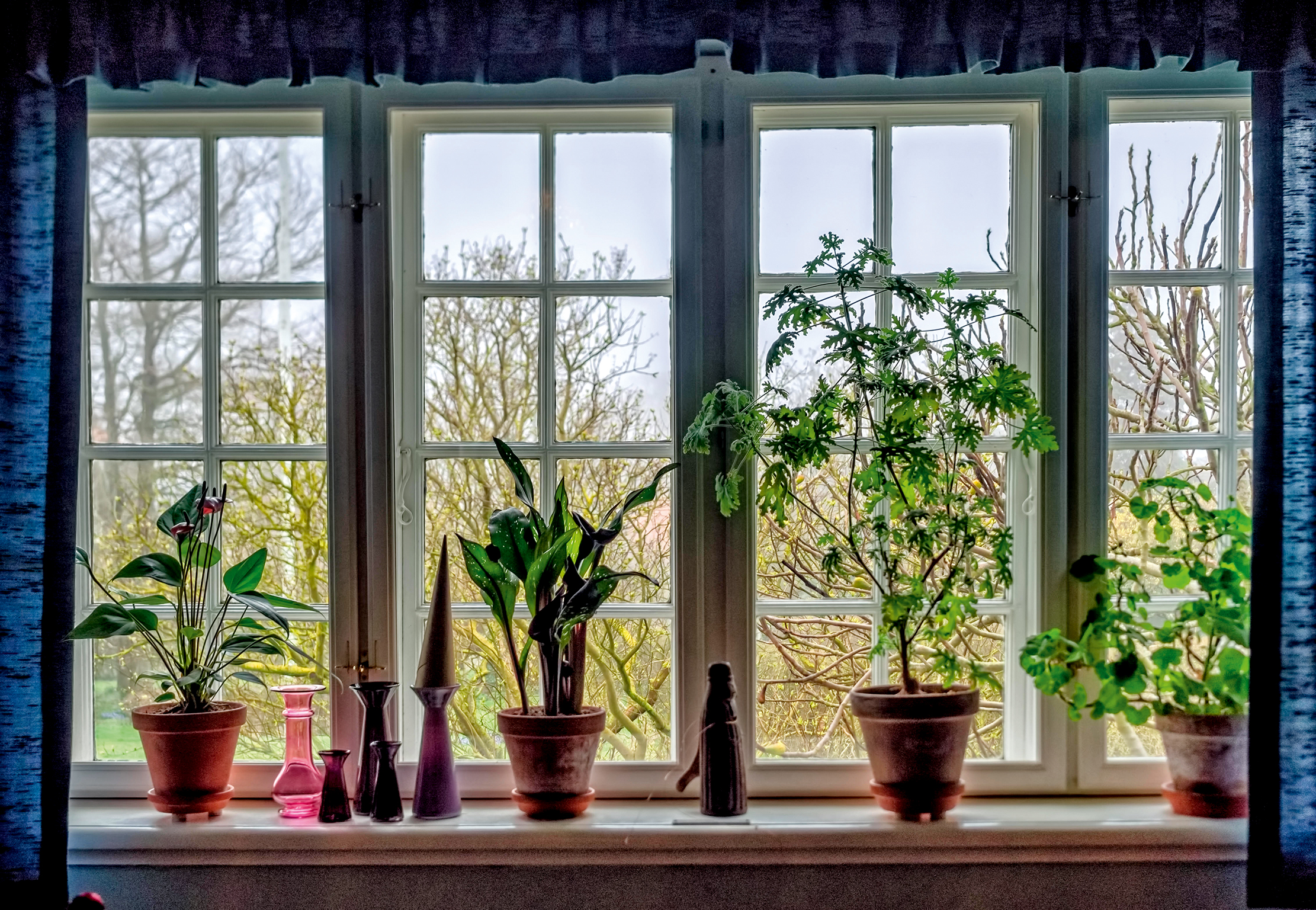
Credit: Alamy
Mary Keen: The secrets of windowsill gardening
The internationally-renowned garden designer and writer Mary Keen turns her thoughts indoors to the best plants to grow on windowsills

Mary Keen: How to plant your own wildflower meadow
The gardener, plantswoman and writer Mary Keen shares her experience of planting a spectacular wildflower meadow.
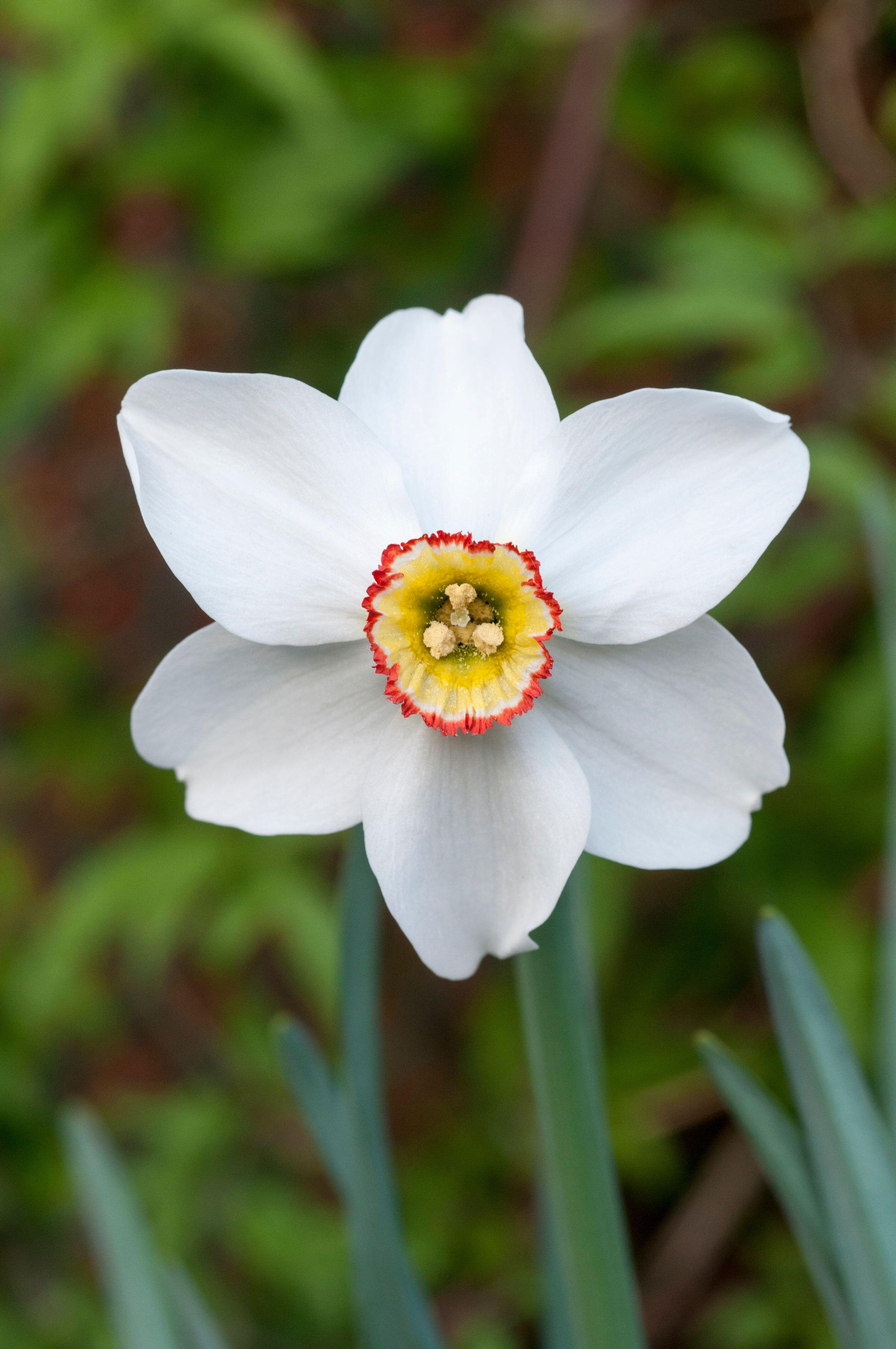
Mary Keen: The narcissi you cannot do without
Gardener and writer Mary Keen discusses her love of the smaller, more fragrant daffodil and the varieties to plant in
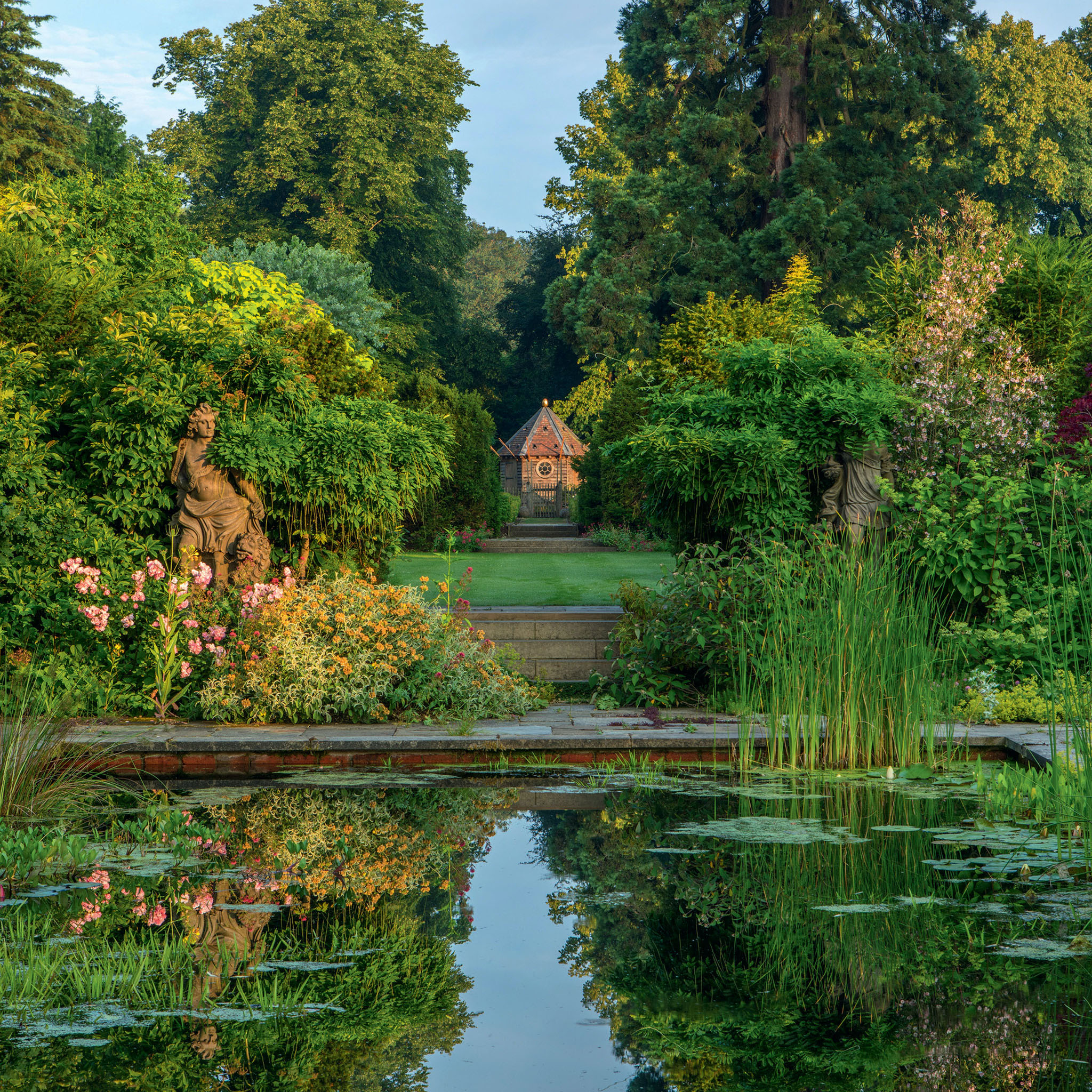
Mary Keen: How to make a garden pond that's perfect for swimming
Gardening writer Mary Keen shares expert tips for minimising the algae and maximising the fun.
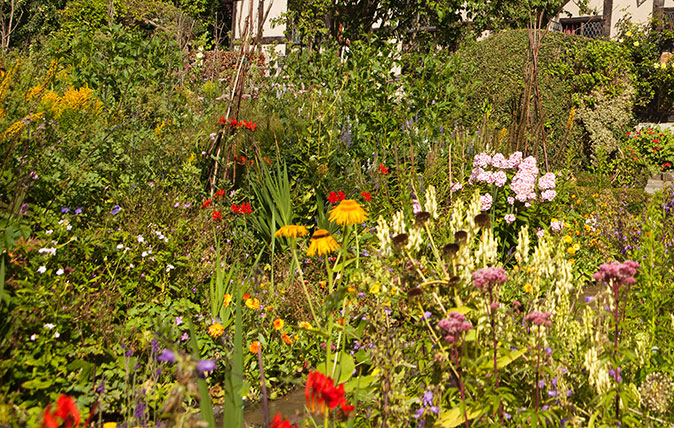
Credit: Alamy
Mary Keen: Don't fear downsizing – the joy of starting a new garden from scratch will make up for what you leave behind
The satisfaction of creating a beautiful garden is all the greater when, thanks to a move of house, you’ve had

